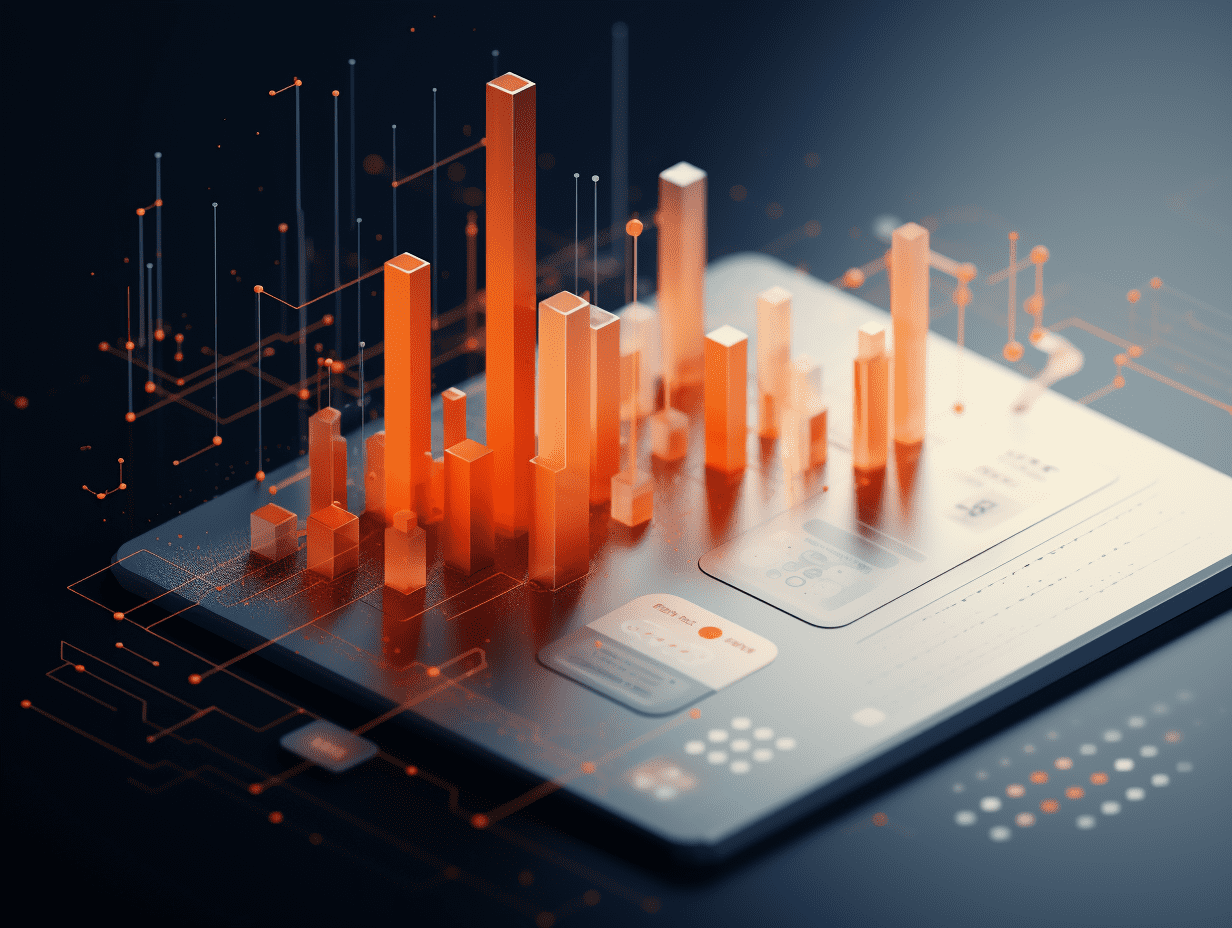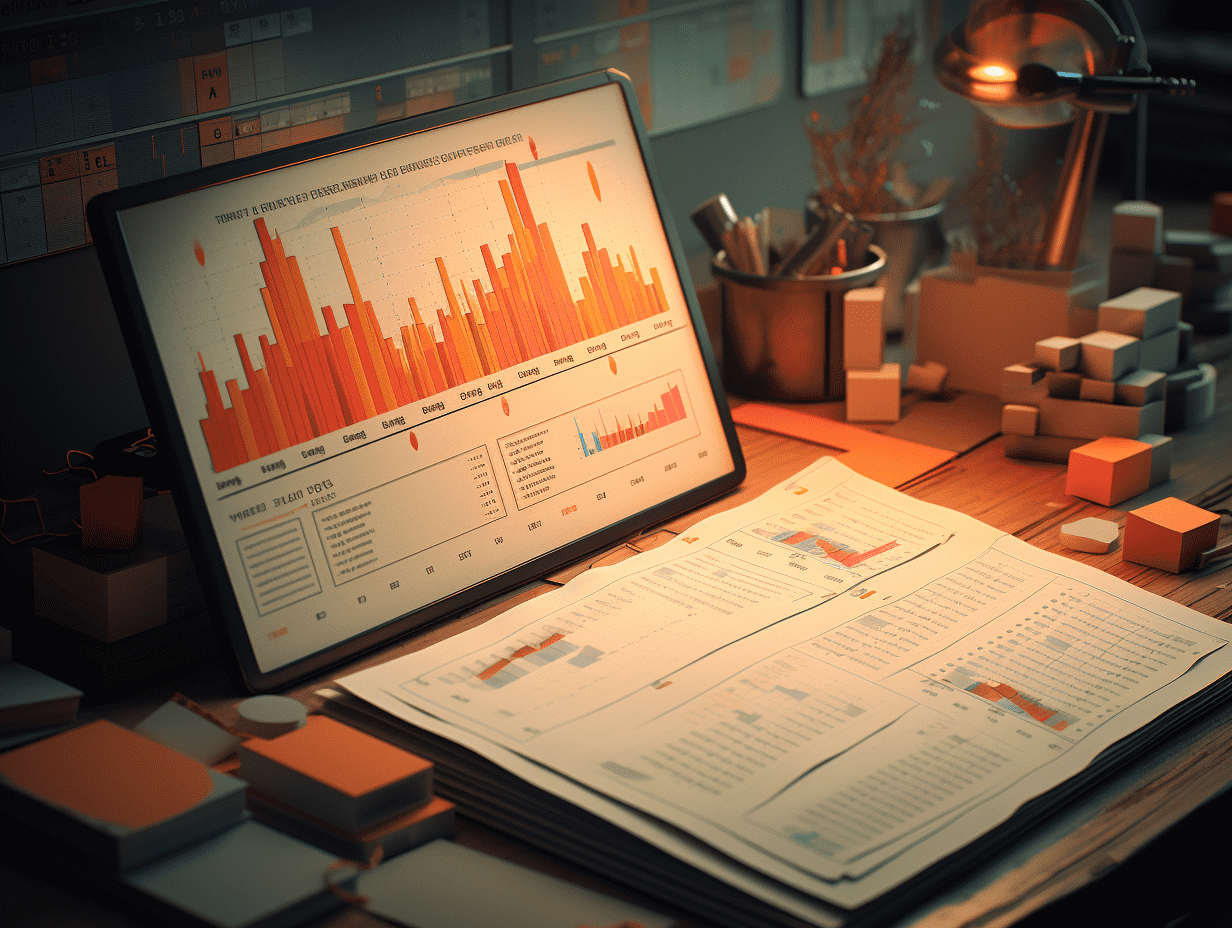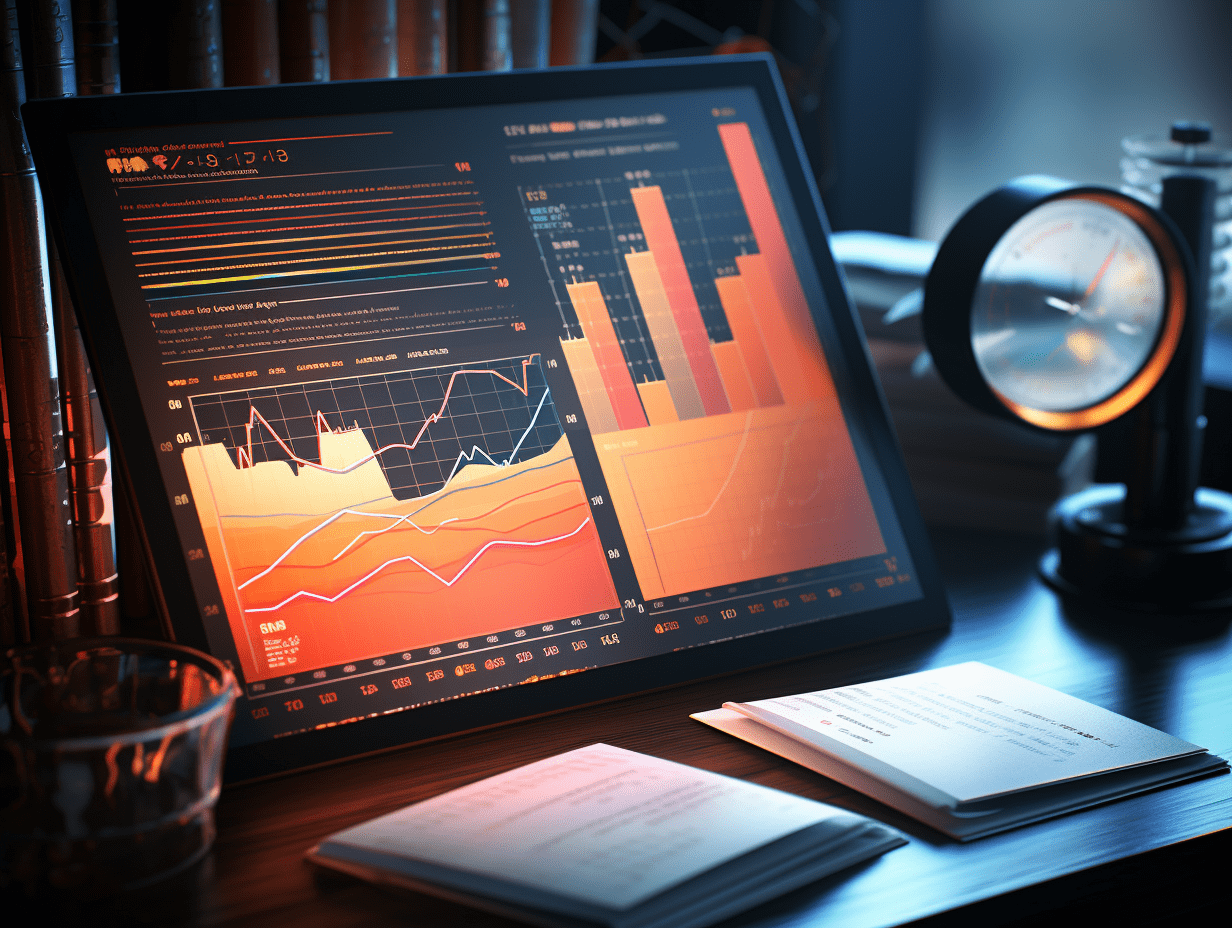US retail data continued to grow, igniting expectations for the "Golden Girl", but the Fed's wait-and-see logic is further strengthened.
The data on retail sales in the United States, known as "terrifying data," shows that American consumer spending has shown remarkable resilience.
After the release of retail sales data in the United States, the market's expectation for a "Goldilocks" soft landing in the US economy has significantly increased. The bad news is that after the unexpected increase in the PPI inflation announcement yesterday, the market's expectation for a rate cut by the Federal Reserve has significantly cooled. The retail sales data, known as the "terrifying data," shows that retail sales in the US grew more than expected in July, driven by strong growth in car sales under the influence of CKH HOLDINGS' large online promotion activities. The increase in retail sales in July has proven to be an increase from the previous month, indicating that American consumers have increased spending in the past few months, boosting optimism for the growth of the US economy.
The reason this data is called "terrifying data" by the market is mainly because the retail sales data is crucial for expectations of macroeconomic growth in the US, and its release can easily cause severe volatility in global financial markets, including the stock market. As 70%-80% of the US GDP is driven by consumer spending, retail sales data plays an important role in guiding investors in assessing the current state and prospects of the US economy.
Data released by the US Department of Commerce on Friday showed that after a strong growth of 0.9% in June, the unadjusted retail sales in July achieved a monthly growth of 0.5% in line with market expectations on top of the strong June base. Consumer spending has achieved strong monthly growth for two consecutive months, with a year-on-year increase reaching an unexpected 3.9%. Excluding car sales, retail sales in July increased by 0.3%, also exceeding market expectations.
Retail sales continue to expand, highlighting consumer resilience - following an unexpected upward revision in last month's growth, July continues to rise.
The latest statistics show that out of 13 categories, 9 recorded growth, with motor vehicle sales seeing the largest increase since March. Sales from US online retailers and general merchandise stores exceeded expectations, possibly due to Amazon.com Inc.'s extended Prime Day, Walmart Inc.'s week-long "Deals" promotion, and similar promotions from another retail giant, Target Corp.
The retail data released on Friday indicates a better start for US consumer spending in the second half of the year. Despite a slowdown in job market growth, further clarity on Trump administration's trade policies and the overall lower tariffs compared to the drastic tariff hike in early April have boosted consumer confidence. The strength in consumer spending highlighted by the retail data may prompt the Federal Reserve to maintain its cautious stance. Thus, the dovish expectation of three rate cuts by the end of the year has faded significantly.
After the release of retail sales data, traders have cooled their expectations for a rate cut by the Federal Reserve in September. The probability of a 25-basis-point rate cut in September has decreased from near 90% to around 85%. Traders have also reduced their bets on rate cuts in October and December.
The so-called "control group" sales - a measure of goods expenditure in GDP calculations - achieved a strong increase of 0.5% in July, with the previous month's data being revised upward. This core retail sales index excludes food services, car dealers, hardware stores, and gas stations.
Categories such as furniture, sporting goods, and automobiles that recorded robust growth in July also saw a certain degree of price increases. It is worth noting that the nominal growth in retail sales may reflect the significant impact of higher prices as the latest retail sales data has not been adjusted for inflation.
The voice for the "Goldilocks" US macroeconomic environment is becoming louder. Inflation data earlier in the week showed that the pass-through of tariff-related costs to consumers in July was weaker than expected. However, the substantial rise in producer price inflation measures on the wholesale end suggests that US consumers may soon bear the brunt of significant inflationary pressures caused by tariffs. US companies have been cautious in raising prices excessively this year, fearing that price increases could hurt consumer spending, and this has intensified concerns over the consumer confidence index report released later on Friday.
It is reported that PPI inflation accelerated to the highest level in three years in July, indicating that companies are gradually starting to pass on tariff costs. However, they have not fully absorbed the higher import costs related to tariffs. PPI usually reflects price trends in advance of CPI and PCE, indicating that the momentum of inflation in these three inflation metrics has not yet ended. Trump's tariff policy is expected to lead to a much more significant inflationary effect than it is now.
Another economic data report released at almost the same time showed the largest increase in import consumer goods costs since early 2024, including price increases for clothing, shoes, and household goods. However, it is still unknown whether US companies will fully pass on these tariff pressures to consumers.
Spending at restaurants and bars, the only service industry category in the retail report, recorded the largest decline since February, largely dissipating concerns about service sector inflation warming. Since 2022, service sector inflation has been one of the most difficult inflation sub-items for the Federal Reserve to address, stubbornly and consistently high. However, it has finally significantly cooled down and continued to show a downward trajectory since the beginning of this year.
In general, the specific extent of price increases by US companies remains uncertain. Some economists suggest that businesses may slightly raise prices, as they are concerned about excessive price hikes leading to significant demand cutbacks. If the price increases only lead to moderate and temporary inflation in the second half of the year, while consumer spending remains strong and the labor market continues to show resilience, it means that the US economy is getting closer to a "Goldilocks" macroeconomic environment, which is why after the unexpected retail sales data for July, the market's expectation for the US economy to return to a "Goldilocks" macro environment has increased.
Looking ahead, challenges other than the inflation effect brought by tariffs that US consumers may face include higher levels of debt, comprehensive repayment of student loans, and lower savings. After months of turmoil stemming from threats and repeated reversals in tariff policies, the overall tariff rate of about 15% on virtually all countries began to be implemented last week, which could continue to exert pressure on inflation readings.
Retail sales data mainly reflect purchases of goods, with goods expenditure accounting for about one-third of overall consumer spending in the US. Inflation-adjusted data on goods and service spending in July will be released later this month.
Related Articles

Morgan Stanley predicts that at the Jackson Hole Federal Reserve meeting next week, Powell will "hawkish" and resist market expectations of a rate cut.

What is the significance of the "ice-breaking" meeting? Potential effects of the meeting between the United States and Russia.

"Backing up market liquidity? Bank of America: The Fed is expected to absorb $2 trillion in US debt to resolve the fiscal 'water extraction crisis'"
Morgan Stanley predicts that at the Jackson Hole Federal Reserve meeting next week, Powell will "hawkish" and resist market expectations of a rate cut.

What is the significance of the "ice-breaking" meeting? Potential effects of the meeting between the United States and Russia.

"Backing up market liquidity? Bank of America: The Fed is expected to absorb $2 trillion in US debt to resolve the fiscal 'water extraction crisis'"

RECOMMEND

Trump Administration Explores Government Equity Investment in Intel; Shares Soar Nearly 9%
15/08/2025

Inflation “Off the Charts”: U.S. July Producer Prices Surge 0.9% Month-on-Month, 3.3% Year-on-Year
15/08/2025

World Humanoid Robot Games Debut with Competitions in Soccer, Combat, Dance, and More
15/08/2025


